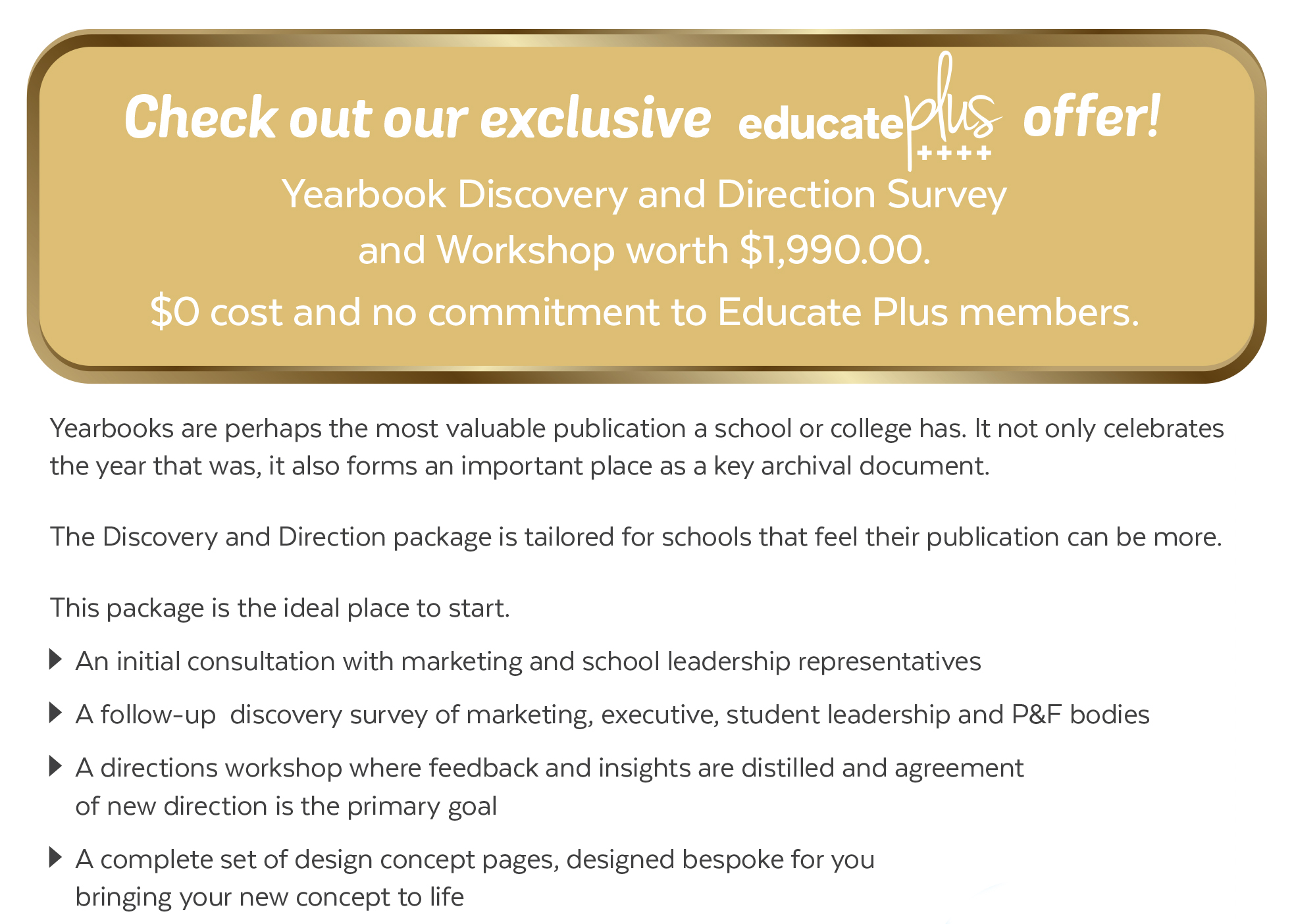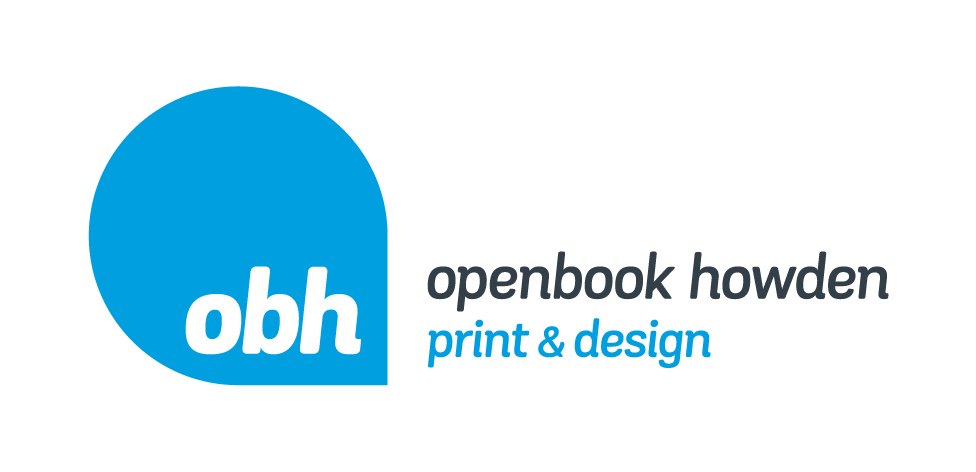
Yearbook trends and process tips
By Open Book Howden
This year there has been a shift towards a ‘less is more’ design trend, as schools have determined that the yearbook is first and foremost about moments in time and parents wanting to ‘see’ their children. The design focus has moved towards quality images, increased white space and less downloading of information. Extensive research has been undertaken within the readership cohort of school yearbooks, with parents and graduating year 12 students clear on what they want: “Great photos and clear layouts that make it easy for us to navigate and find what is relevant to us.” More student-driven content is also a popular and well-received trend.
Paper stocks are shifting, with growth in the use of uncoated stocks and responsibly sourced paper that guarantees the entire procurement, production and manufacturing process is ethical, sustainable and environmentally responsible.
With each school having a unique requirement and budget, the use of quality yet simple and value-driven templates has grown while there has also been a considerable rise in the bespoke high-end solutions.
The yearbook process begins with ‘thinking with the end in mind’ by defining a clear picture of what the yearbook will communicate, to whom and what the school’s primary goals are in producing the yearbook. It is best practice to start by determining a release date and then reverse-engineering the stages from there; think content, school events, persons responsible for the content, and the all-important collation and editing of material. Some schools will have the resources and capability to undertake all of this work themselves while others will need additional external support.
The creation of an archival quality yearbook which is worthy of being the reflection point of the year that was is simple – collaboration and consultation between designer, printer, and school are the cornerstones of success.
With quality images being the hero of the yearbook, ensuring photos are print suitable is critical. Modern smartphones have excellent cameras; however, the file transfer size is paramount. Avoid unnecessary and excessive word counts and try to minimize any information downloads. Use the yearbook as a printed celebration of the students’ journeys and the school’s values and accomplishments.
Create a responsibility matrix identifying who, what, and by when. This helps break the significant task of compiling an impactful yearbook down into clearly defined and manageable actions. Set controls around word counts, proofreading, image quality, and have a designated go-to person or ‘editor in chief’ wherever possible.

For further informationContact David Lock on 08 8124 0000 or davidl@openbookhowden.com.au |
 |

